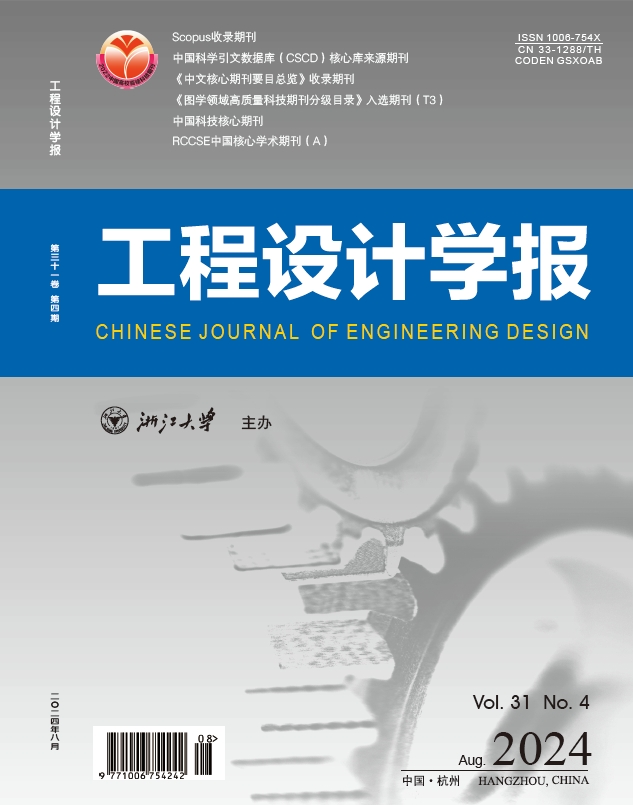Application progress of artificial intelligence in military confrontation
IF 4.5
Q4 Engineering
引用次数: 5
Abstract
Artificial intelligence(AI), especially the rapid development of deep learning, has a profound impact on various industries and has continuously changed the traditional production methods and lifestyles. From passive learning with computing power to autonomous learning and enhanced learning, the development of machine intelligence is largely due to the innovation of the AI theory and practice. AI has also had a far-reaching impact on the military field, as it has provided modern warfare with new features such as intelligence, interconnectedness, and destructiveness. Winning in a military confrontation requires not only machine intelligence but also human wisdom. Therefore, human-machine collaboration would combine the strengths and complement the weaknesses of human and machine, which is the key to victory in the increasingly complex war environment. How to achieve a high degree of hybrid human–artificial intelligence to obtain a good result of "1+1>2" is also a problem that needs to be further explored in military confrontation. This paper reviewed the application of AI in military confrontation as the starting point and highlighted the important measures and achievements of representative countries in the use of AI technology in the military development process. Moreover, we analyzed the development status from the two perspectives of confrontation strategy and the three-tier architecture of the Internet of Things,revealed the shortcomings of using AI in the current military field, and analyzed the development trend of hybrid human–artificial intelligence in military confrontation. We also presented three possible technical schemes and detailed explanations and finally proposed future research directions. We believe that the future development trend of intelligent military may be based on the hybrid human–artificial intelligence, which will further improve the adaptability of machines to the combat environment and reveal the merits of the integration of human wisdom and machine intelligence;this integration may be the next step of AI research in military confrontation.人工智能在军事对抗中的应用进展
人工智能(AI),特别是深度学习的快速发展,对各个行业产生了深远的影响,不断改变着传统的生产方式和生活方式。从具有计算能力的被动学习到自主学习和增强学习,机器智能的发展很大程度上得益于人工智能理论和实践的创新。人工智能对军事领域也产生了深远的影响,因为它为现代战争提供了智能、互联和破坏性等新特征。在军事对抗中获胜不仅需要机器智能,还需要人类智慧。因此,人机协作将是人与机器的优势互补,是在日益复杂的战争环境中取胜的关键。如何实现人类与人工智能的高度混合,获得“1+1>2”的好结果,也是军事对抗中需要进一步探索的问题。本文以回顾人工智能在军事对抗中的应用为出发点,重点介绍了具有代表性的国家在军事发展过程中应用人工智能技术的重要举措和取得的成果。并从对抗战略和物联网三层架构两个角度分析了发展现状,揭示了当前军事领域使用人工智能的不足,分析了混合人-人工智能在军事对抗中的发展趋势。并提出了三种可能的技术方案和详细的解释,最后提出了未来的研究方向。我们认为,未来智能军事的发展趋势可能是基于人-人工智能的混合,这将进一步提高机器对作战环境的适应性,揭示人类智慧与机器智能融合的优点;这种融合可能是军事对抗中AI研究的下一步。
本文章由计算机程序翻译,如有差异,请以英文原文为准。
求助全文
约1分钟内获得全文
求助全文
来源期刊

工程设计学报
Engineering-Engineering (miscellaneous)
CiteScore
0.60
自引率
0.00%
发文量
2447
审稿时长
14 weeks
期刊介绍:
Chinese Journal of Engineering Design is a reputable journal published by Zhejiang University Press Co., Ltd. It was founded in December, 1994 as the first internationally cooperative journal in the area of engineering design research. Administrated by the Ministry of Education of China, it is sponsored by both Zhejiang University and Chinese Society of Mechanical Engineering. Zhejiang University Press Co., Ltd. is fully responsible for its bimonthly domestic and oversea publication. Its page is in A4 size. This journal is devoted to reporting most up-to-date achievements of engineering design researches and therefore, to promote the communications of academic researches and their applications to industry. Achievments of great creativity and practicablity are extraordinarily desirable. Aiming at supplying designers, developers and researchers of diversified technical artifacts with valuable references, its content covers all aspects of design theory and methodology, as well as its enabling environment, for instance, creative design, concurrent design, conceptual design, intelligent design, web-based design, reverse engineering design, industrial design, design optimization, tribology, design by biological analogy, virtual reality in design, structural analysis and design, design knowledge representation, design knowledge management, design decision-making systems, etc.
 求助内容:
求助内容: 应助结果提醒方式:
应助结果提醒方式:


